In the Philippines, a country renowned for its breathtaking natural beauty and rich cultural heritage, there exists a landscape so extraordinary that it seems almost too perfect to be true. The Chocolate Hills of Bohol are a natural wonder that defies imagination, a testament to the incredible power of nature to create beauty in the most unexpected forms. These 1,268 conical limestone peaks, formed over thousands of years by the actions of water and erosion, stand as a mesmerizing testament to the passage of time and the enduring allure of the natural world.
A Unique Geological Formation
The Chocolate Hills are a geological marvel, a series of perfectly conical hills that dot the landscape of Bohol Island. Each hill, ranging in height from 30 to 160 meters, is a unique and intricate work of nature. The formation of these hills is a story that spans millennia, a slow and steady process of erosion and sedimentation that has shaped the land into its current form.
Geologists believe that the Chocolate Hills are the result of ancient marine limestone deposits that were uplifted and subsequently eroded by rainwater and wind. Over time, the softer parts of the limestone were worn away, leaving behind the harder, more resilient sections that now form the hills. This process, repeated over countless years, has created a landscape that is both uniform and diverse, with each hill a unique variation on a common theme.
The Magic of the Dry Season
One of the most striking features of the Chocolate Hills is their appearance during the dry season. As the grass that covers the hills dries out, it turns a rich, chocolate-brown hue, giving the hills their distinctive name. This transformation creates a surreal and almost otherworldly landscape, as if the hills themselves have been dusted with cocoa powder. The effect is particularly dramatic when viewed from above, with the hills appearing as a vast, undulating sea of brown mounds.
The dry season, which typically lasts from November to May, is the best time to visit the Chocolate Hills. During this period, the weather is sunny and clear, providing ideal conditions for exploring the area. The contrast between the brown hills and the surrounding green vegetation is particularly striking, creating a visual feast for visitors.
Legends and Myths
The Chocolate Hills are not only a geological wonder; they are also steeped in legend and myth. According to local folklore, the hills were created by a heartbroken giant named Arogo. Arogo was deeply in love with a mortal woman named Aloya, but when she died, he was consumed by grief. In his sorrow, he wept tears that turned to stone, forming the hills that now bear witness to his eternal sadness.
Another legend tells of a giant named Dimatalingang, who was in love with a beautiful woman named Aloya. When Aloya was killed by a rival suitor, Dimatalingang wept tears of blood, which hardened into the hills. These stories add a layer of romance and mystery to the already enchanting landscape, making the Chocolate Hills a place of both natural beauty and cultural significance.
A Popular Tourist Destination
The Chocolate Hills are one of the most popular tourist attractions in the Philippines, drawing visitors from around the world. The area offers a variety of activities and experiences, from hiking and sightseeing to cultural tours and local cuisine. The most famous viewpoint is the Chocolate Hills Complex, a government-owned park that offers panoramic views of the hills. Visitors can climb to the top of the observation deck for a breathtaking view of the surrounding landscape.
In addition to the main viewpoint, there are several other vantage points scattered throughout the area, each offering a unique perspective on the hills. Some visitors choose to explore the hills on foot, hiking through the lush countryside and discovering hidden viewpoints and scenic spots. Others prefer to take a guided tour, learning about the geological and cultural history of the area from knowledgeable local guides.
Conservation Efforts
The Chocolate Hills are not only a tourist attraction; they are also an important ecological and cultural site. The hills are home to a variety of plant and animal species, many of which are unique to the area. In recognition of their importance, the Philippine government has designated the Chocolate Hills as a National Geological Monument, ensuring that they are protected for future generations.
Conservation efforts in the area focus on preserving the natural beauty of the hills while promoting sustainable tourism. This includes measures to control erosion, protect local wildlife, and ensure that visitor numbers do not exceed the carrying capacity of the environment. By balancing tourism with conservation, the Chocolate Hills can continue to be a source of inspiration and wonder for years to come.
A Symbol of Bohol's Identity
The Chocolate Hills are more than just a natural wonder; they are a symbol of Bohol's identity and cultural heritage. The hills are featured prominently in local art, literature, and folklore, and they have become an iconic representation of the island's natural beauty. For the people of Bohol, the hills are a source of pride and a reminder of their deep connection to the land.
In recent years, the Chocolate Hills have also become a symbol of resilience and hope. In 2013, Bohol was struck by a devastating earthquake that caused widespread damage and loss of life. Despite the challenges, the people of Bohol have worked tirelessly to rebuild their communities and preserve their natural and cultural heritage. The Chocolate Hills, with their enduring presence, serve as a reminder of the strength and resilience of the human spirit.
The Chocolate Hills of Bohol are a natural phenomenon that captures the imagination and inspires awe in all who visit. These 1,268 conical limestone peaks, formed over thousands of years by the actions of water and erosion, are a testament to the incredible power of nature to create beauty in the most unexpected forms. Their unique appearance during the dry season, their rich cultural significance, and their status as a symbol of Bohol's identity make them a truly special place.
Whether you are a geologist, a nature lover, or simply someone seeking a unique and unforgettable experience, the Chocolate Hills offer something for everyone. They are a place where the past and present converge, where legend and reality intertwine, and where the beauty of nature is on full display. The Chocolate Hills are not just a destination; they are a journey, a journey through time, through culture, and through the heart of Bohol.
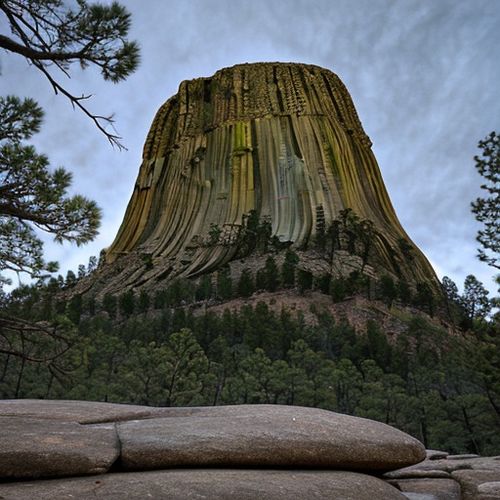
By Natalie Campbell/Apr 27, 2025
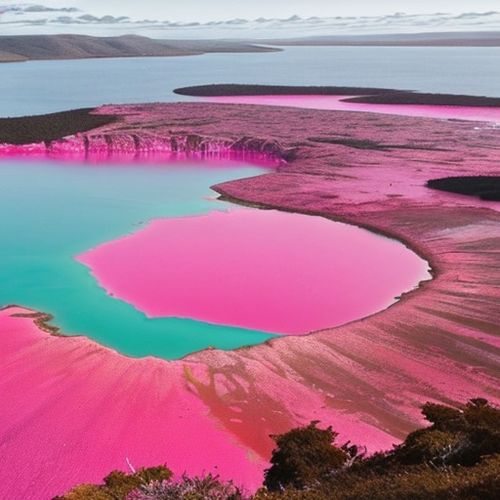
By Olivia Reed/Apr 27, 2025

By Noah Bell/Apr 27, 2025
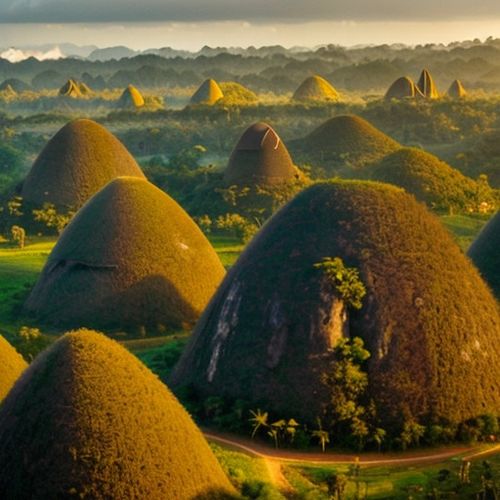
By Jessica Lee/Apr 27, 2025
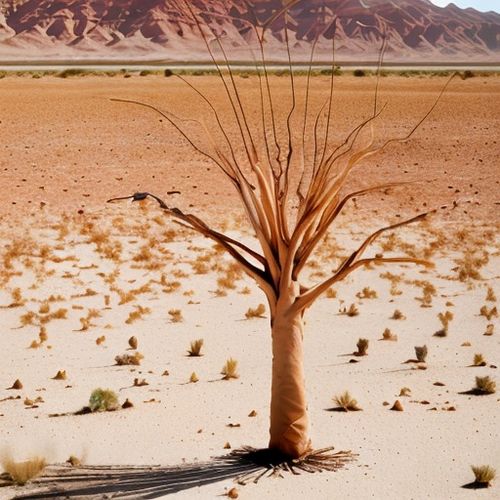
By Daniel Scott/Apr 27, 2025
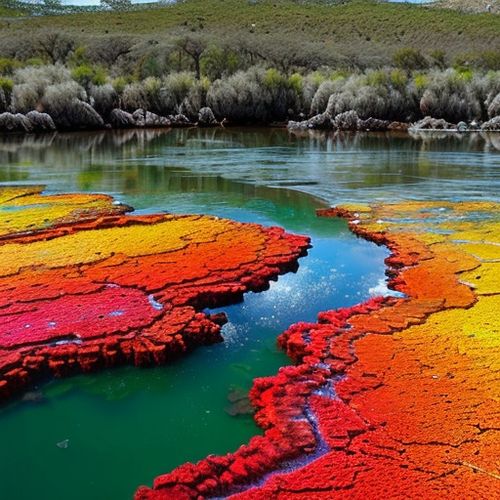
By Grace Cox/Apr 27, 2025
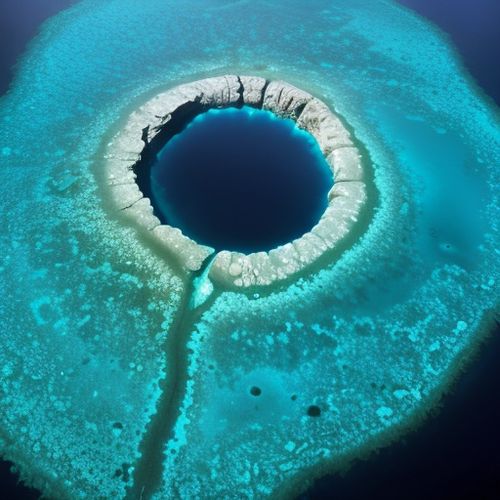
By Michael Brown/Apr 27, 2025
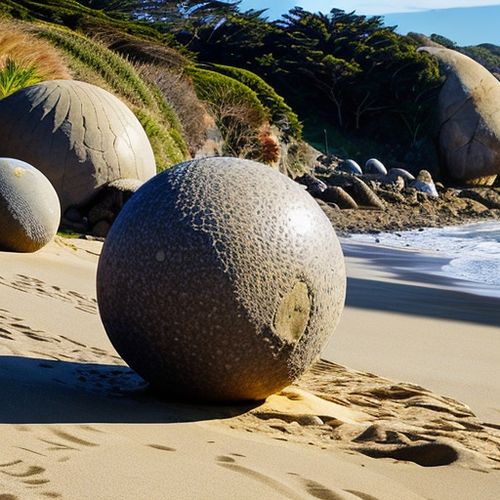
By Amanda Phillips/Apr 27, 2025
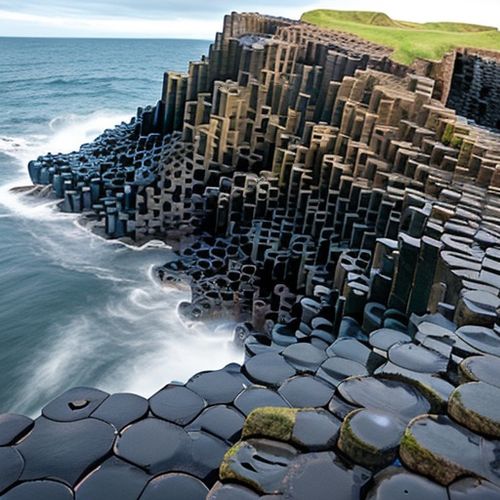
By Ryan Martin/Apr 27, 2025
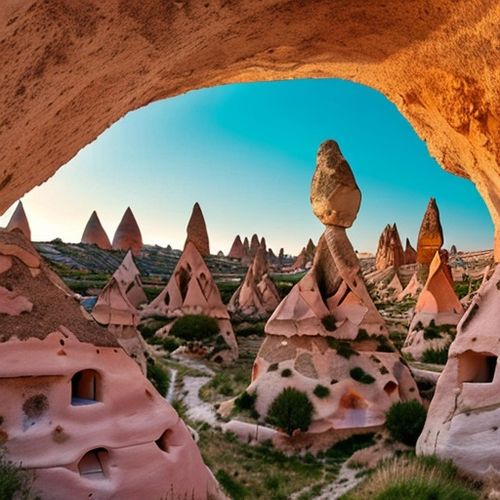
By Victoria Gonzalez/Apr 27, 2025

By Natalie Campbell/Apr 27, 2025

By Ryan Martin/Apr 11, 2025

By Sophia Lewis/Apr 11, 2025

By David Anderson/Apr 11, 2025

By Rebecca Stewart/Apr 11, 2025

By Thomas Roberts/Apr 11, 2025
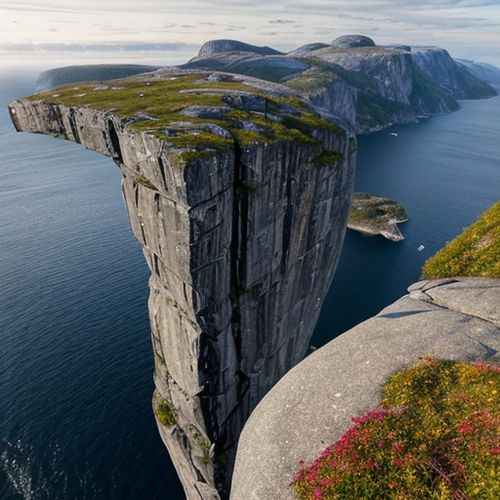
By Thomas Roberts/Apr 11, 2025
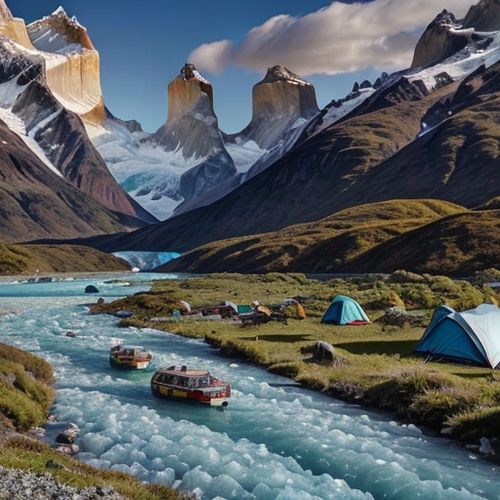
By Elizabeth Taylor/Apr 11, 2025

By Thomas Roberts/Apr 11, 2025

By Eric Ward/Apr 11, 2025